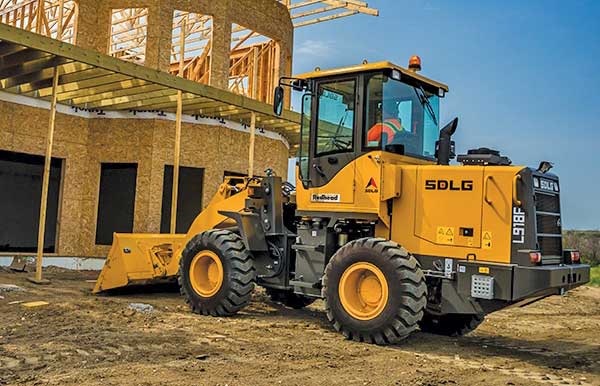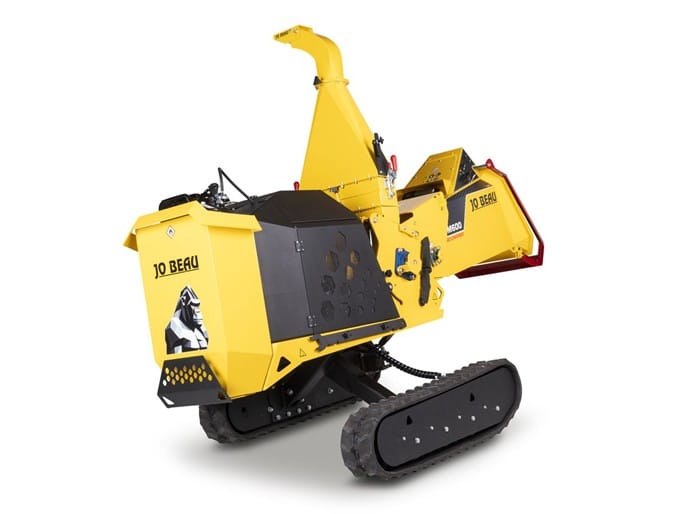Picking the Ideal Trench Box to Work Safely in Trenches
When protective systems are not used in excavations, bad things happen. Contractor employees are killed or injured every year when trenches collapse on them. How to avoid such tragedy seems simple enough: Shore up walls or otherwise shield workers whenever a trench is opened. Yet some employees still are sent into trenches unprotected. Why?
“Trenches 4- to 6-ft deep are commonly where people don’t shore,” says Greg Shreenan, a senior shoring consultant with Trench Shoring Co. and a master instructor with the National Utility Contractors Association, “and people don’t use a system in those situations because of complacency. You know, ‘Nothing has ever gone wrong before, and it probably won’t this time.’”
So, human nature is a factor. It’s also true that not all excavations are equally unsafe. Different soils come into play, different trench depths and site conditions — as well as different cost pressures. Combinations of these factors can create in the mind of a contractor a clear rationale for not deploying a protective system. Compact Equipment contacted three trench system company reps who also are industry trainers and safety experts. They explored for us the responsibility of contractors to protect their employees, acknowledging that borderline trenching situations can make decisions difficult.
Safety standards for excavations are set by the federal Occupational Safety and Health Administration (OSHA) and state OSHA agencies. Essentially, any cut in the ground deeper than 5 ft (4 ft in some states) triggers an on-site evaluation: Should the sides of the trench be sloped or stepped to discourage collapse? Should a system of hydraulic supports be introduced or a box shield of some sort dropped into the excavation? Or is there no need for protection?
These are the questions for a project’s designated “competent person,” which OSHA describes as an individual capable of identifying existing and predictable hazards or working conditions that are hazardous, unsanitary or dangerous to employees and who is authorized to take prompt corrective measures to eliminate or control these hazards and conditions. “Only a competent person can make these decisions,” says Shreenan. “Only a competent person understands what he is seeing when he looks at a trench and knows what OSHA compliance means.”
“The key to both safety and production,” says Mike Ross, national training coordinator at Efficiency Production Inc. and an instructor of competent person classes, “is a well-trained and knowledgeable competent person who can work efficiently with a local protective systems rep. Together they can match what is available with what the contractor is trying to do and get the work done safely and efficiently.”
This means that when a trench situation is marginal — say, shallower than 4 ft yet in questionable soil conditions — a competent person has a critical decision to make. “The fact is, an employer and his competent person must make a determination of whether a trench is safe regardless of depth, and they will be held responsible if a cave-in occurs,” says Joe Turner, director of engineering for National Trench Safety and author of a text on trench safety and planning. “Excavation safety requirements are written to protect workers from cave-ins. The regulations are not intended to set out an exact rule that can be followed without going through a thought process.”

A company’s competent person is tasked with assessing the situation and deciding the best course of action to keep workers safe in the trenches.
In other words, every situation requires a thoughtful response. For example, the depth of a dig is not a sure sign of potential danger. A surer indicator probably is the condition of the material being trenched. Soil is classified into types — A, B and C — ranging downward in cohesiveness and compression strength. Type A clay soils are generally better for trenching than Type C loamy or sandy soils. The former generally forms stable walls, the latter tends to crumble and collapse.
But the experts say any dig can fool you, regardless of depth and material composition, because of intrinsic weaknesses not evident to the eye. “This is one of the limiting factors on the competent person: You can only deal with what you can see,” says Ross. “You have to make assumptions on what is on the back side of that trench wall that you can’t see.”
Turner recalls a 15-ft deep excavation through what appeared to be solid rock. Such material is, of course, generally deemed to be stable. “But at about 5 ft down, there was a layer of soft rock that literally exploded under the weight of the rock above and collapsed into the trench. There was a flash of dust and the particles left in the trench looked more like loose gravel. It happened about 20 minutes after it was excavated.”
Job No. 1 for a company’s competent person is to keep workers safe, but his second goal runs a close second: Avoid unnecessary costs. It can be a tough call as safety and costs are weighed. As a general rule, says Turner, the cost of shoring a trench is going to double with each drop in soil classification (to Type B from Type A, for instance) and increase exponentially as a trench deepens.
So what do you do when a shallow — say a 4.5-ft-deep — cut through Type B soil seems to be stable? Perhaps sloping the trench wall will be a sufficient hedge. If that isn’t possible, keeping the spoils pile and downward pressure of heavy machinery a safe distance from a vertical trench wall might do the trick. Or is the soil too loamy to risk working without some hydraulic shoring? The competent person evaluates and makes the call — and gets the legal blowback if an unshored trench subsequently collapses and injures someone.
Contractors can help themselves by taking advantage of the expertise found in trench system companies. “We are heading toward more compliance, not less, and contractors need to be on solid ground,” says Shreenan. “Contractors should establish a good working relationship with a shoring company. Extra money spent on shoring usually is a result of last-minute, 911 decisions.”
Ross at Efficiency Production says “the actual rental cost of a shoring or shielding system is relatively minimal. If a small contractor will work with a well-trained shoring specialist, he will find that a system in many cases can pay for itself, or sometimes let a contractor make extra money by simply digging a smaller hole.”
Turner at National Trench Safety says thoroughly evaluating the need for shoring is absolutely essential — “pre-planning,” he calls it. “This is where a lot of trench accidents happen, from lack of pre-planning. Don’t get me wrong: The first thing I always think about when planning an excavation is, how do I avoid having to shore it? Not shoring means less work and eliminates the risk associated with doing the shoring work. But you have to think it through.”
Shreenan says a contractor’s competent person ultimately makes the decision. “I don’t tell people what to do. We rent shoring. I am not out to make enemies. I want people to use our product. But I teach safety, and I can only tell people what compliance means. “I tell people ‘you have to mitigate risk.’ When things aren’t working, you have to know what your risk is. It can be tough making the call, because not every decision fits into a nice, neat, little box.”
Giles Lambertson is a freelance writer for Compact Equipment.





Comments are closed here.